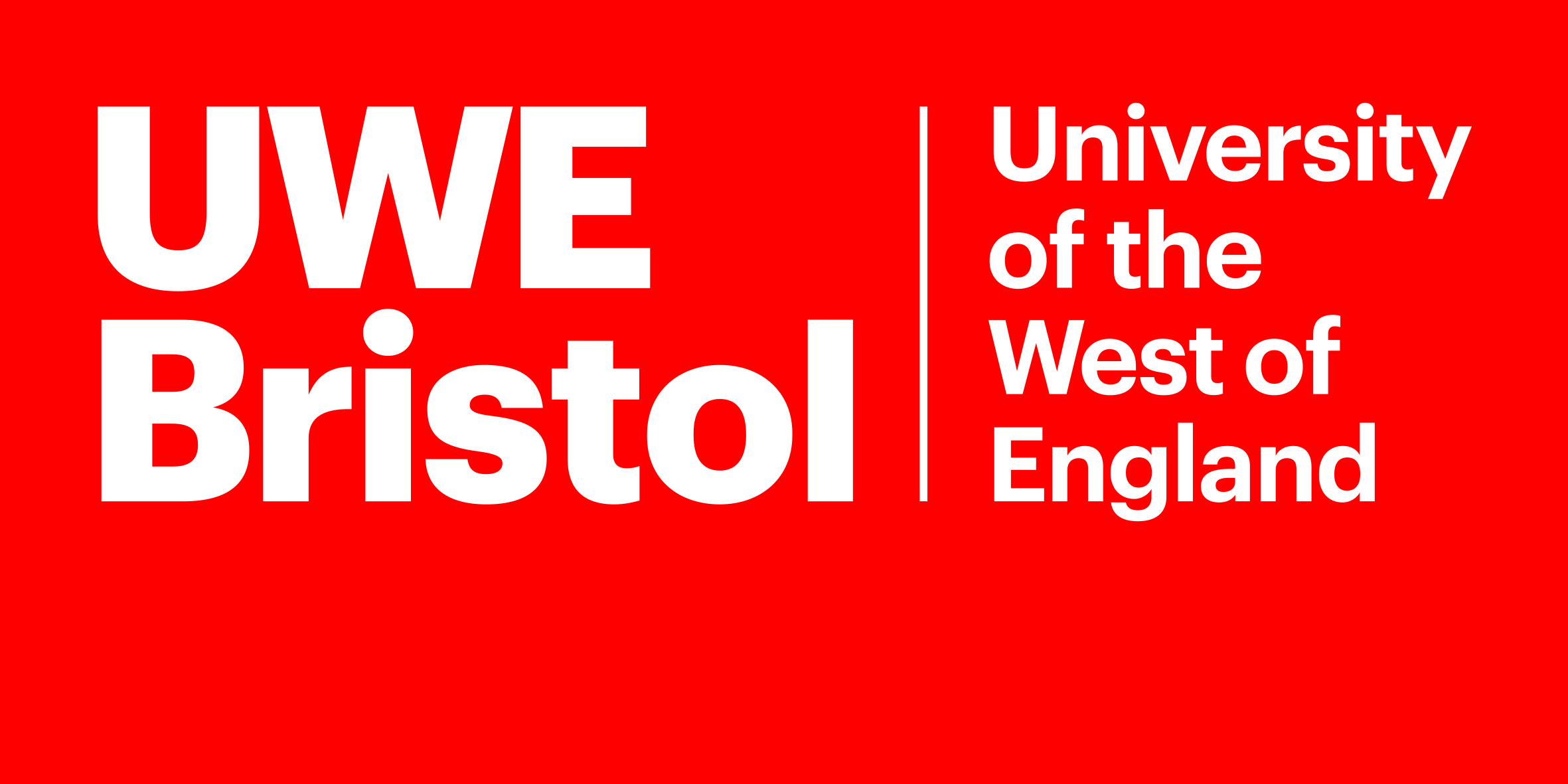Clare Johnson Clare.Johnson@uwe.ac.uk
Associate Professor in Art & Design
Disembodied breasts and uncontrollable lactation: rethinking the Nursing Virgin motif through Janine Antoni’s to quench (2015) and Eve Dent & Zoë Gingell’s Breastcups (2009-11)
Johnson, Clare; Rintoul, Jenny
Authors
Dr Jenny Rintoul Jenny2.Rintoul@uwe.ac.uk
Senior Lecturer in Visual Culture
Abstract
Renaissance depictions of the Nursing Virgin are replete with incongruities and juxtapositions. Her rounded feeding breast is absurdly positioned and shaped in contrast to a flat space where her non-feeding breast should be; She has a dual identity as both Virgin and Mother; She is Sacred Mother yet breastfeeds as a mortal mother might. The Madonna’s likeness is both aspirational and inimitable, shaping an unattainable model of maternal femininity that holds mothers in a process of becoming maternal (Johnson and Rintoul, 2019).
We contend that there is radical potential in the process of becoming, in not yet being fully formed. The Nursing Virgin’s likeness is so obviously inimitable and unachievable by mortal mothers that it opens possibilities for authentic and multiple maternal identities to be conceived. Furthermore, the incongruous and exaggerated binaries that run through the Nursing Virgin motif remind viewers of the possibilities that exist in the gaps between these representations. We make this argument by looking back to the Nursing Virgin motif through the lens of contemporary artworks: Eve Dent and Zoë Gingell’s Breastcups installation (2010, Mothersuckers Project) and Janine Antoni’s maternal works including to quench (2015). Both Breastcups and to quench reference milk sharing, reciprocity, and the possibility of nurturing and being nurtured simultaneously. They operate in the space opened up by representations of the Nursing Virgin in which the breast appears disembodied, an impossibly positioned part-object disconnected from Mary’s body.
The contemporary art works gleam new light on themes that emerge in the Renaissance Nursing Virgin motif, specifically breast ownership (and the disembodied breast) and unattainable motherhood, which in turn enable new readings of the Nursing Virgin through a form of reverse quotation. The Nursing Virgin is not constrained by her biology; she is a Virgin and she conceived. Her body is represented as incomplete and imperfect; one full and disembodied breast is positioned next to one absent breast. We read the Nursing Virgin anew through the lens of contemporary art works that separate breast from body and argue for the ‘radical inclusiveness’ (Sperling, 2021: 427) that readings of contemporary art works can generate in historical works. Ultimately, read through the lens of works by Antoni and Dent & Gingell, we argue that the Nursing Virgin motif can be repositioned as progressive because of, not despite, its inimitability.
| Deposit Date | Jun 13, 2025 |
|---|---|
| Peer Reviewed | Peer Reviewed |
| Book Title | The Virgin’s Milk: On the Fluidity of Images and the Politics of Divine Presence |
| Chapter Number | 17 |
| Keywords | Maternal femininity, Nursing Virgin, Janine Antoni, Eve Dent, Zoe Gingell |
| Public URL | https://uwe-repository.worktribe.com/output/14562502 |
| Publisher URL | https://www.brepols.net/ |
| Contract Date | May 12, 2025 |

Achieve gender equality and empower all women and girls
This file is under embargo due to copyright reasons.
Contact Clare.Johnson@uwe.ac.uk to request a copy for personal use.
You might also like
From nursing Virgins to brelfies: The project of maternal femininity
(2019)
Journal Article
Waiting for Marina: Generosity and shared time in Marina Abramovic's 512 Hours
(2018)
Journal Article
Femininity, time and feminist art
(-0001)
Book
What do radical feminist art films look like? Desire and duration in Sam Taylor-Wood’s David (2004)
(2010)
Presentation / Conference Contribution
Feminist and queer arts activism
(2020)
Book Chapter
Downloadable Citations
About UWE Bristol Research Repository
Administrator e-mail: repository@uwe.ac.uk
This application uses the following open-source libraries:
SheetJS Community Edition
Apache License Version 2.0 (http://www.apache.org/licenses/)
PDF.js
Apache License Version 2.0 (http://www.apache.org/licenses/)
Font Awesome
SIL OFL 1.1 (http://scripts.sil.org/OFL)
MIT License (http://opensource.org/licenses/mit-license.html)
CC BY 3.0 ( http://creativecommons.org/licenses/by/3.0/)
Powered by Worktribe © 2025
Advanced Search
